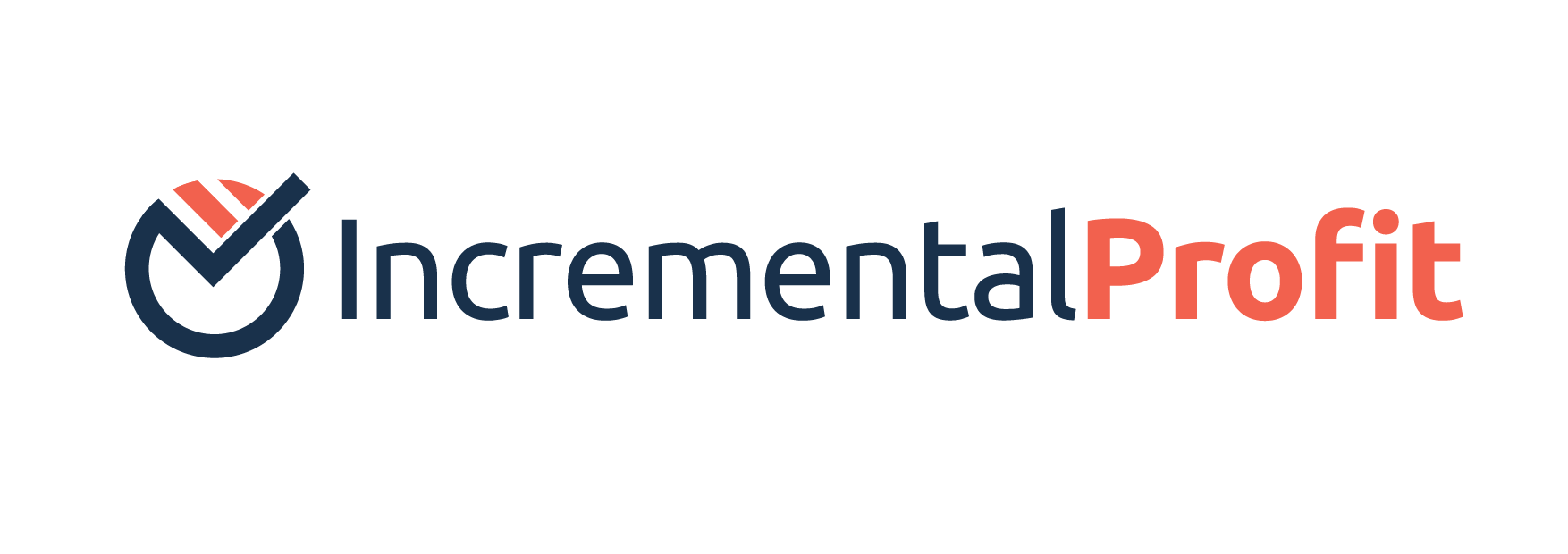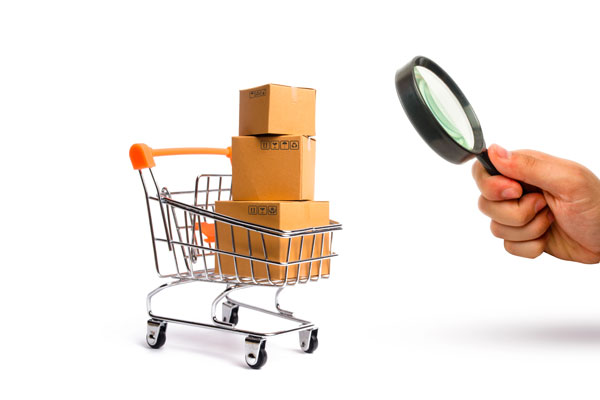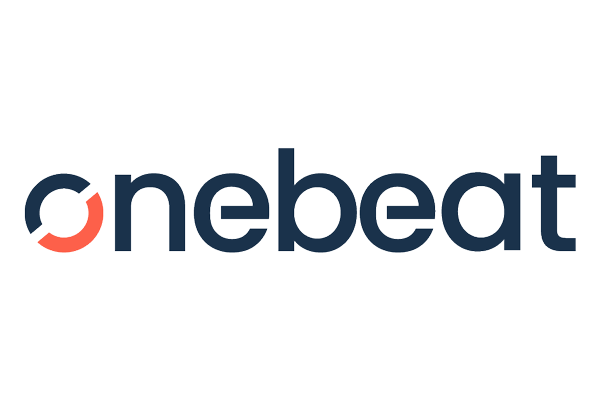Introduction Retailers sit in a paradox: customers see “out of stock” while back-of-shop stores and…

How to Know if Your Inventory Is Optimized in 3 Steps
Introduction
Inventory optimization is a critical concern for supply chain managers, CEOs, and retail operators. Yet many businesses struggle with hidden problems across procurement, inventory, and operational systems that prevent them from achieving the right stock at the right place and time. Common pain points include:
- Inaccurate Demand Forecasting: Poor forecasting leads to frequent stockouts or overstocking, as businesses either underestimate demand (causing empty shelves) or overestimate it (tying up cash in excess goods) (OneBeat, 2024).
- Long Lead Times and Supplier Uncertainty: Extended supplier lead times or unreliable deliveries force companies to hold extra safety stock and still risk running out. Supplier errors (short or incorrect shipments) are a top procurement pain point – one study found they can cost over 1% in lost sales and 3% in gross profit (Janse van Rensburg et al., 2023).
- Out-of-Stock vs. Overstocked Items: Chronic out-of-stock issues result in lost sales and unhappy customers, while overstocked items accumulate carrying costs and waste valuable space (OneBeat Success Stories, 2023).
- Manual Processes (Excel Reliance): When teams rely on manual spreadsheets or hand counts, errors and inefficiencies abound. Manual tracking lacks real-time accuracy and cannot scale with growth (OneBeat Case Studies, 2024).
- Disconnected Systems and Lack of Visibility: Siloed systems (separate POS, WMS, ERP, etc.) that don’t talk to each other create blind spots. Without a unified, real-time view of inventory across locations, data becomes inconsistent (OneBeat, 2024).
- People-Dependent Processes: Overreliance on individual staff or tribal knowledge instead of standardized, system-driven processes can slow down decisions and introduce risk if that key person is unavailable.
If these challenges sound familiar, it’s a sign your inventory may not be truly optimized. The good news is you can identify the gaps with a structured 3-step self-assessment. Below, we outline how to evaluate your procurement, inventory, and systems in three practical steps.
Step 1: Audit for Procurement Pain Points
The first area to examine is your procurement and supply chain planning. Inefficient procurement practices will trickle down and cause inventory issues. Audit your procurement by asking: are forecasting and supplier management setting you up for success, or for stock problems?
Signs of Procurement Issues include:
- Frequent forecast errors
- Long or unreliable lead times
- Supplier performance problems
- Last-minute buying or stock hoarding
Self-assessment: Document instances of supplier delays, forecast variances, and emergency purchasing in the last year. A pattern of surprises in supply signals that your procurement planning needs improvement.
Step 2: Evaluate Inventory Balance and Replenishment Effectiveness
Next, turn inward to your inventory itself: are you balancing stock levels to meet demand without surplus?
Key questions and warning signs:
- How often do you run out of high-demand products?
- Do you have products sitting unsold for months?
- Are some locations overstocked while others are understocked?
- Are your replenishment cycles dynamic or rigid?
Self-assessment: Review your stockout incidents and excess stock reports. Evaluate how your replenishment is triggered – is it based on real consumption rates or static thresholds?
Step 3: Assess Systems and Process Integration
Examine the systems, tools, and processes your business uses to manage inventory. Even sound forecasting and planning can fall apart if your execution tools are outdated or siloed.
Indicators of system and process shortcomings:
- Reliance on manual updates or Excel
- Disconnected or siloed systems
- Lack of real-time visibility
- People dependency and process bottlenecks
Self-assessment: Take stock of your tech stack and process flows. If your assessment uncovers frequent manual fixes, duplicate data entries, or inconsistent numbers in different reports, your systems are holding back optimization.
Conclusion: The OneBeat Advantage – AI-Powered Inventory Optimization
After walking through these steps, you might realize your inventory management isn’t as healthy as it could be. This is where OneBeat comes in.
Dynamic Replenishment Driven by Real-Time Demand OneBeat continuously senses demand changes and adjusts inventory targets on the fly. Sales patterns are monitored in real time and replenishment is triggered accordingly (OneBeat, 2024).
Adaptive Buffer Management by Location OneBeat optimizes safety stock levels for each product and location based on variability and lead times (Janse van Rensburg et al., 2023).
End-to-End Visibility and Process Automation OneBeat serves as an integrated platform that unifies inventory data and automates routine decisions, eliminating silos and manual work (OneBeat Success Stories, 2023).
The Result:
- Inventory reductions of 20–50%
- Lead time reductions up to 70%
- Increases in availability and revenue (OneBeat Case Studies, 2024)
Take Action If these challenges resonate and you’re ready to take control, schedule a complimentary inventory health assessment or request a OneBeat demo.
References
Janse van Rensburg, D., Nell, H. and van der Walt, L., 2023. OneBeat Implementation Strategy for Retail and Manufacturing. IncrementalProfit Internal Whitepaper.
OneBeat, 2024. Product Brochure: Real-Time Inventory Optimization. [online] Available at: https://www.onebeat.io [Accessed 3 Aug. 2025].
OneBeat Case Studies, 2024. Success Stories: Mossops, Vedoc, Gandhi Bookstores. [online] Available at: https://www.onebeat.io/success [Accessed 3 Aug. 2025].
OneBeat Success Stories, 2023. Dynamic Buffering in Action. [PDF] OneBeat Internal Publication. Available upon request.



